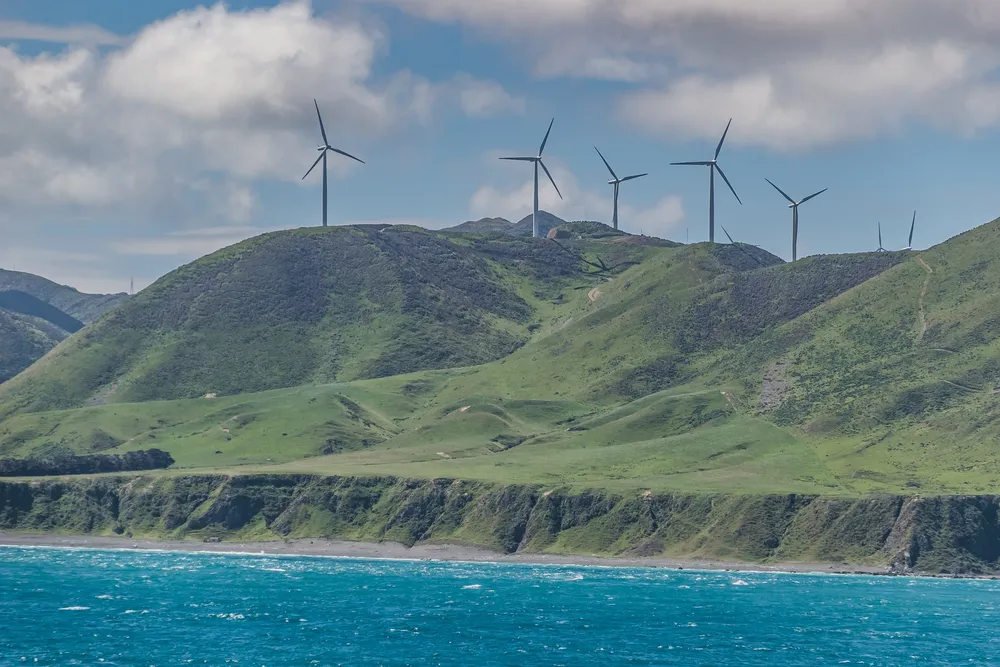'Time to start digging up coal': Frustration as major New Zealand wind project rejected
Rejection of 330MW renewable energy project as country struggles with power supply hits nerve for developer and local minister

New Zealand must decide whether it values a “multi-coloured skink” over reliable power, says a local minister, after an “extremely disappointing” decision to reject one of the country’s largest wind projects on environmental concerns.
An independent expert consenting panel yesterday declined to approve the 330MW Southland wind project being developed by Contact Energy, the local utility announced yesterday.
In its decision, the panel acknowledged the project represented a "major opportunity" to support the government's renewables objectives and accepted that some environmental mitigation measures proposed were appropriate.
However, it said that for one area containing indigenous vegetation that is ecologically significant, it was not convinced the mitigation was sufficient. There are "strong policy directives that tied the Panel’s hands" on this front, it said, forcing it to reject the project.
Contact Energy CEO Mike Fuge said the decision to decline the wind farm is "extremely concerning."
“It represents a significant setback for New Zealand’s decarbonisation, Contact’s mission to improve electricity security of supply and the country’s economic development.”
Fuge said that Contact had worked over the last few years to “respond to feedback and shape the project to minimise local effects,” and that the project “had the support of the Department of Conservation, Ngai Tahu, Environment Southland and the Southland District Council.”
The wind farm, planned to feature up to 55 turbines with around 7MW power ratings, was set to be located 15km east of Wyndham, a town on New Zealand’s South Island. The project was expected to produce around 1,200GWh of additional generation per annum.
Fuge said Contact would take time to review “next steps,” with the utility noting that the decision can be appealed to the High Court, although only on points of law.
"Given the gravity of our electricity supply dramas, it’s an extraordinarily disappointing decision, said Jones. "At some point, the nation needs to come to grips with what is more important — a multi-coloured skink, or affordable and secure power every winter."
"And I guess if we can’t get wind farms built, then perhaps it’s time for us to start digging up coal – an outcome which I would whole-heartedly support as the mining minister."
New Zealand has in recent years faced record gas and power prices, partly due to low water levels at its hydropower facilities, which make up around 60% of its electricity production.